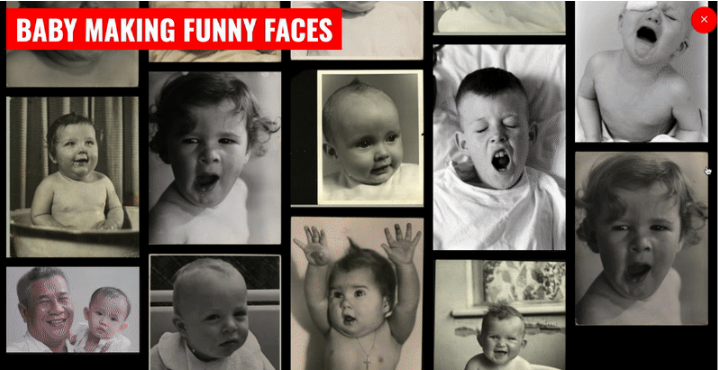Google's AI scans and tags millions of 'Life' magazine photos
Walter Mitty would be impressed.
Google is pretty big on art. Its technology has turned clumsy doodles into masterpieces, transformed smartphones into virtual exhibitions and, in a move that caused momentary internet hysteria, helped selfie-takers find their fine art doppelganger. Now it's unveiled a new set of machine-learning experiments that not only make exploring art more engaging, but help solve some of the biggest challenges faced by curators and museums.
First up is Art Palette, which lets you choose a group of colors and then matches your selection to artworks from institutions around the world. Handy if you're after some prints for your newly-decorated apartment, or if you're wondering what masterpieces your outfit is channelling today. Then there's Life Tags. Life magazine's 70-year run saw millions upon millions of photos taken, but only five percent ever published. This tool unveils four million photographs from its archives and makes them instantly searchable via thousands of automatically created labels, from "astronauts" to "zombies".
Finally, there's the MoMA tool, which is big news for art curators and museums. The Museum of Modern Art in New York has been taking photos of its exhibitions since its first in 1929, but many of them were missing corresponding information. Identifying the art in each photo (and there are 30,000 of them) would have taken months, if not years. Google's MoMA identification tool automatically recognizes the artworks in each photo, and has helped turn the pictures into an interactive archive of the museum's exhibitions.
Much of Google's art-focused machine learning technology has been directed at consumers -- fun ways to immerse them in a world they may not otherwise have access to. But as these latest tools demonstrate, the practical applications are significant, saving curators hours of manual, tedious tasks -- and everyone gets to enjoy the result.


